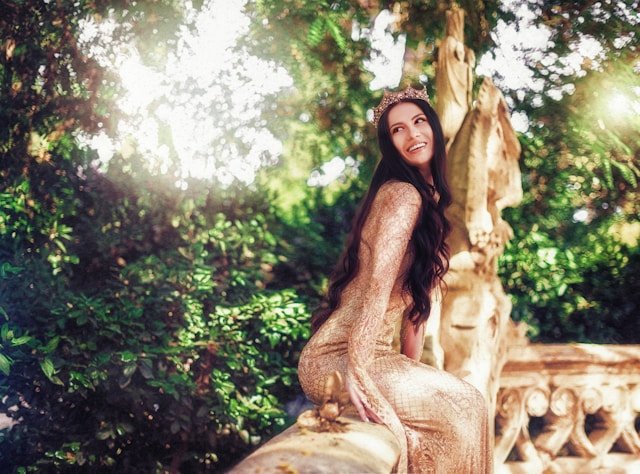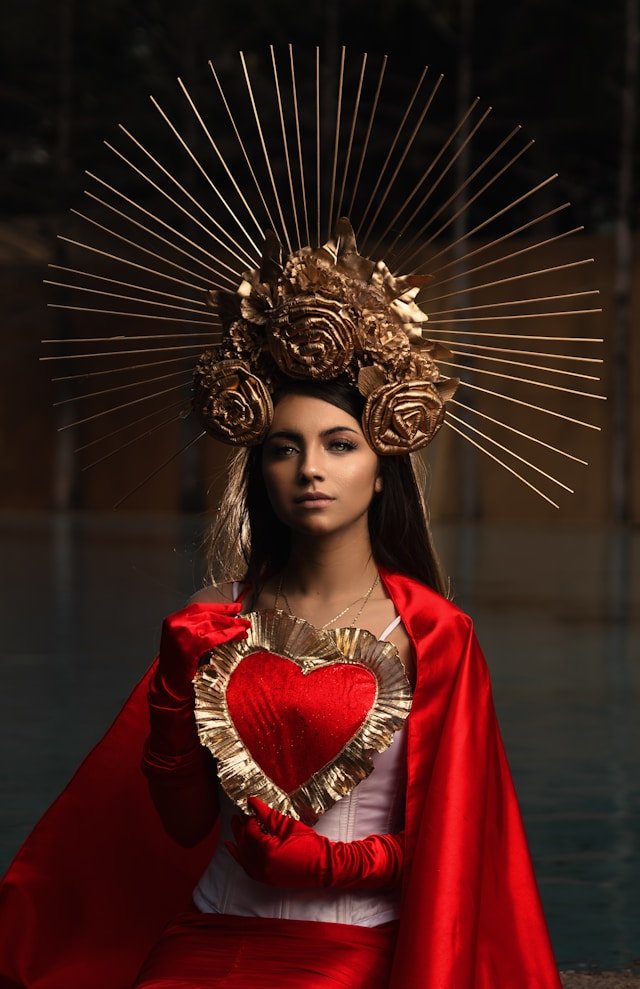
Costume design is a crucial aspect of the entertainment industry, encompassing various fields such as film, television, theater, dance, opera, and more. Costume designers play a key role in bringing characters to life by creating visually appealing and contextually appropriate outfits. Here are some essential aspects of costume design
Character Analysis
Understanding the characters: Costume designers need to comprehend the personalities, backgrounds, and motivations of the characters they are designing for.
Collaboration with directors and actors: Working closely with directors and actors helps ensure that the costumes align with the overall vision of the production and the performers’ interpretations of their characters.
Research
Historical and cultural context: Thorough research into the time period and cultural setting of the production is essential for creating authentic costumes.
Style and fashion trends: Staying updated on historical and contemporary fashion trends helps designers make informed choices that contribute to the visual narrative.
Conceptualization
Developing a visual concept: Creating sketches or mood boards to convey the overall look and feel of the costumes.
Color and fabric choices: Considering the color palette and fabric textures to enhance the visual impact and convey specific themes or emotions.
Budgeting and Sourcing
Working within constraints: Costume designers often have budget limitations, so they must find creative ways to achieve their vision while staying within financial constraints.
Costume construction or sourcing: Designers may either create costumes from scratch or source existing pieces, ensuring they meet the required specifications.

Collaboration
Coordination with other departments: Collaborating with set designers, makeup artists, and lighting designers to create a cohesive visual experience.
Communication with the production team: Regular updates and discussions with directors, producers, and other key team members to ensure everyone is aligned on the creative vision.

Fittings and Adjustments
Costume fittings: Conducting fittings with actors to ensure proper fit and comfort, making necessary adjustments.
Revisions and alterations: Modifying costumes as needed during rehearsals or filming to address any issues that may arise.
Maintenance and Continuity
Costume care: Ensuring costumes are well-maintained throughout the production, including cleaning and repairs.
Continuity: Keeping track of costume details to maintain consistency in appearance, especially in scenes filmed out of sequence.
Overall, costume design is a dynamic and collaborative process that requires creativity, attention to detail, and effective communication to contribute to the success of a production.

